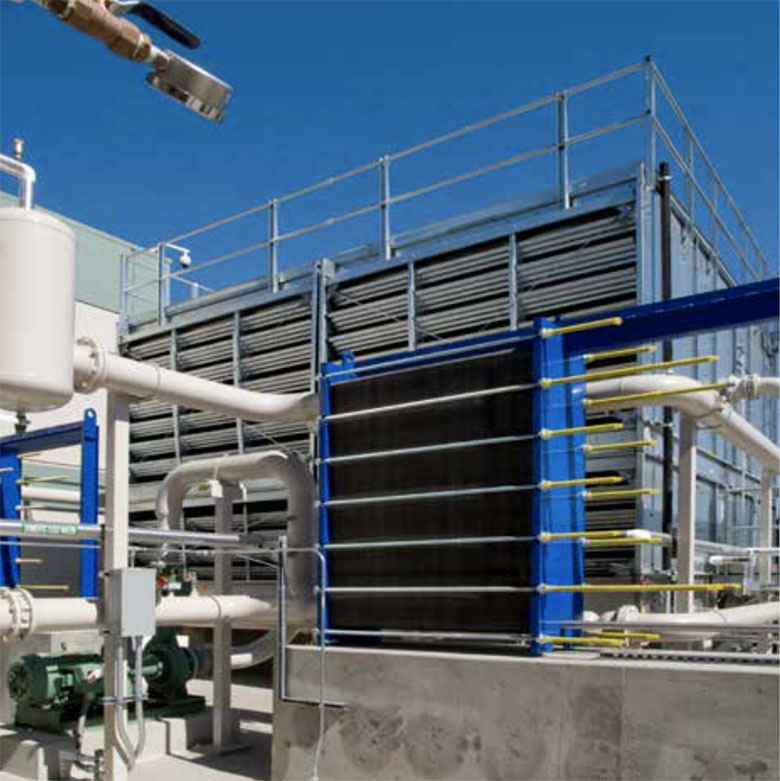All kind of industrial production processes require a supply of heat or otherwise generate thermal energy in excess, which has to be dissipated as we’ve already discussed in the previous chapter. They so gather all together in a big family that we can name ‘thermal energy transfer’. For example:
- An endothermic engine must be cooled to avoid overheating
- A tempering bath for the steel coming from a furnace must be kept at a cool temperature, in order to achieve the proper final thermal treatment aimed to block the crystalline structure within the metal
- The feedwater of a pasteurization plant must be heated before entering the heat exchanger, in order to ensure the required milk temperatures to reach the correct food characteristics
- A pharmaceutical reactor must be thermoregulated at a certain temperature, necessary to achieve the chemical reactions for the production of an A.P.I. (active pharmaceutical ingredient)
- In cogeneration, thermal energy has to be recovered as much as possible to maximize the efficiency of a plant
- In a turbine the exhaust steam must be condensed, and while doing it the exceeding thermal energy can be recovered, avoiding waste.
THERMAL MACHINES
(Glossary)
For all this cases, there are thermal machines aimed to properly manage the thermal energy involved in industrial processes. These are:
Let’s try in the following sections to give an overview of the ideal operating conditions for each one, and the related advantages and disadvantages.



